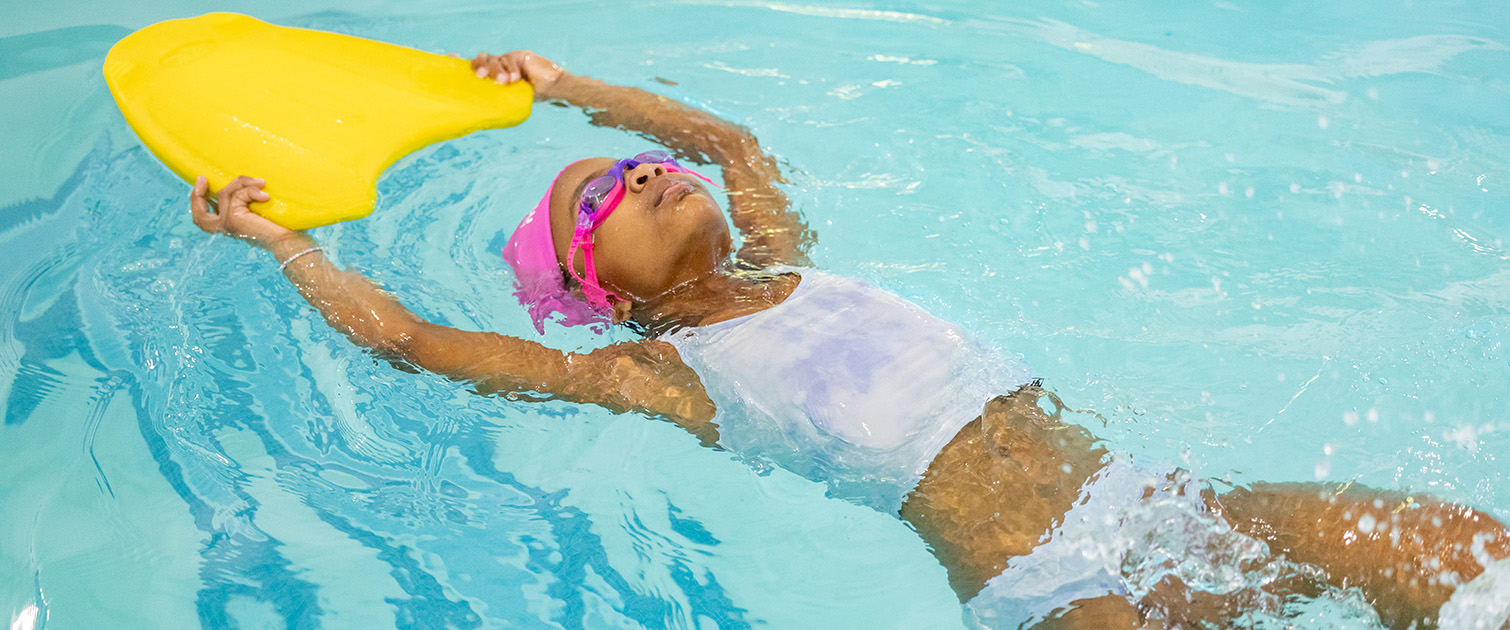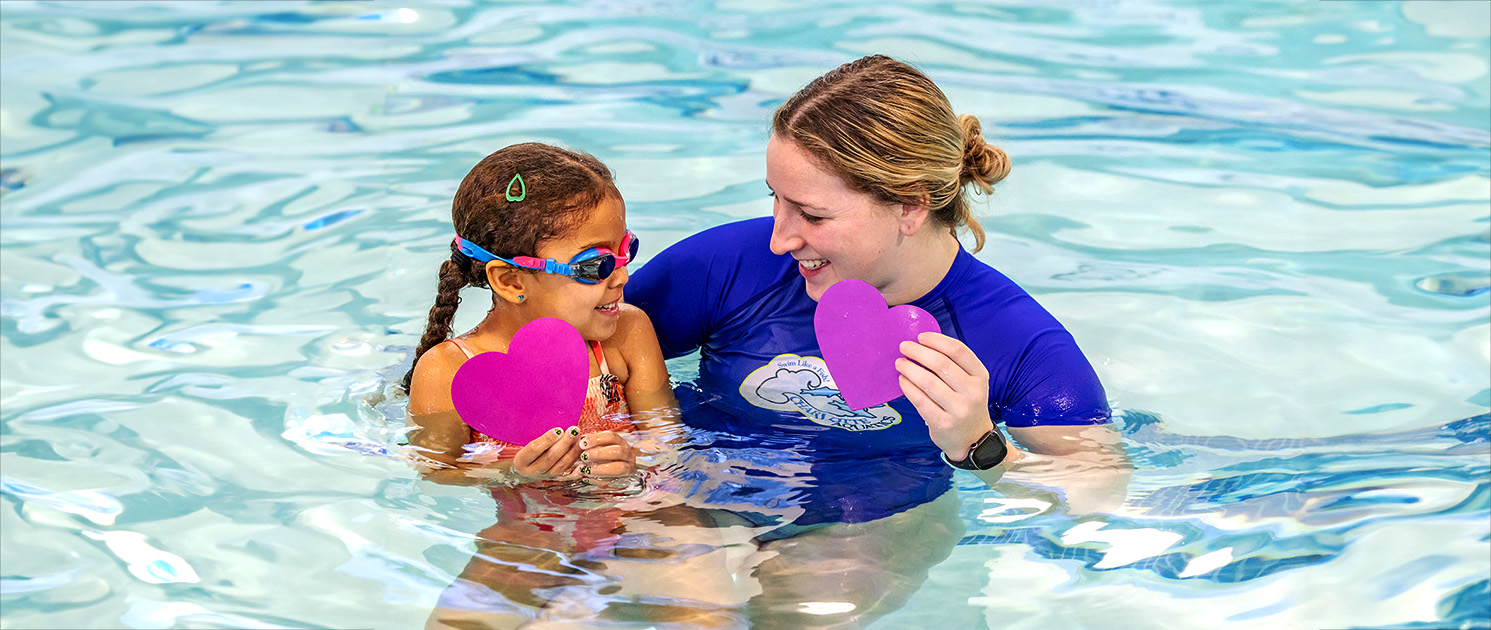Frequently Asked Questions
Everything You Need to Know
Preparing for Swim Lessons

Babies have been living in water in utero for nine months. Water is a natural environment for children. The sooner you can get them back to the water, the better.
We begin the introduction to water at three months old with our Baby Bonding Class. Our formal swim lessons begin at six months old without parent and child classes. Water acclimation, safety, and the foundational skills of swimming are introduced.
Many children do not like the sensation of water on their faces, eyes, or in their ears. The best way to prepare your child to feel comfortable in water and prepare for swim lessons begins in the bathtub.
When you bathe your baby, gently pour water over their body. Begin to pour water over your child’s head. When you do this, make sure to always cue them by saying “One, two, three” and then pour.
If your child can sit up, bring them in the shower with you to sit on the floor and play with a few toys. This will allow them to get accustomed to water spilling onto their head and into their eyes.
If your child is older, put several inches of water in the tub and have them lie on their back to allow the water to get into the ears. Since this is a sensation that some children do not like, you may need to use some distraction (making silly faces, singing, or wiggling a toy).
If your child is enrolled in their first swim lesson with us, stop by Charlotte Aquatics and pick up your free Get Ready for Swim Kit. The kit includes a few small items to play with in the bathtub that will start your child on their way to having fun and feeling comfortable in water.
Typically, we see this with children who are 2½ to 3 years old.
It is not uncommon at this age because, developmentally, your child may begin to experience some separation anxiety. However, some children are just naturally more cautious, apprehensive, or shy.
Some parents believe the less they talk about swim lessons the less fearful or nervous their child will be.
This is usually not the case. We find that not preparing children usually creates added stress for them and increases their level of apprehension or fear. The best thing to do is talk about swim lessons in a casual, upbeat manner. Talk about your child’s teacher.
Show them their swim instructor’s picture on our website. If you can, bring your child to Charlotte Aquatics so they can watch a lesson going on.
Please review the description of each of our classes under the Our Programs tab.
First Time Students
All you need to bring to your first swim lesson is your wonderful child, their bathing suit, and a towel.
We do not require the use of swim caps but if you or your child prefers to wear one, please bring that as well. You will only need to bring goggles if your child is in level 2 or above. Please review our philosophy on Swim Goggles.
If your child is under the age of three or not fully potty trained, you will need a reusable Swim Diaper.
Re-usable swim diapers are available to purchase here at the facility.
You should expect a caring, professional staff, who will keep your child safe. When you come to your first lesson, one of our staff members will greet you and your child, point out your instructor’s podium, and begin to build trust with your child.
Locker rooms are available for changing and showering. At the time of your child’s class, the instructor will call their name and we will assist your child onto the pool deck.
It is better if you let us take them to the pool as this starts to build confidence and independence.
Sometimes children will cry at their first lesson. We know as a parent, this is difficult for you, but our wonderful, caring staff will take great care of your child.
Crying can represent many things; separation anxiety, sleepiness, apprehension around new people or places, etc. This is not uncommon among our 2- to 4-year-old students.
Typically after the second lesson, all is well and your child will come to class like they have been doing this all their life! If your child does cry, the best thing you can do is keep a positive and supportive attitude and talk to one of our Program Managers.
We have taught over 70,000 swim lessons, our Program Managers are well-equipped to share ideas on how best to handle the situation.
You are invaluable to your child’s learning process in terms of praising your child and reinforcing skills you want them to repeat. Reward effort as well as accomplishment.
Children will copy parental attitudes. What you say, do, and your facial expressions will influence your child greatly.
Be positive and ignore or minimize negative reactions. Parents of upper-level students can emphasize hard work, perseverance, and goal setting.
All you need to bring to your first swim lesson is your wonderful child, their bathing suit, and a towel.
We do not require the use of swim caps but if you or your child prefers to wear one, please bring that as well. You will only need to bring goggles if your child is in level 2 or above. Please review our philosophy on Swim Goggles.
If your child is under the age of three or not fully potty trained, you will need a reusable Swim Diaper.
Re-usable swim diapers are available to purchase here at the facility.
You should expect a caring, professional staff, who will keep your child safe. When you come to your first lesson, one of our staff members will greet you and your child, point out your instructor’s podium, and begin to build trust with your child.
Locker rooms are available for changing and showering. At the time of your child’s class, the instructor will call their name and we will assist your child onto the pool deck.
It is better if you let us take them to the pool as this starts to build confidence and independence.
Sometimes children will cry at their first lesson. We know as a parent, this is difficult for you, but our wonderful, caring staff will take great care of your child.
Crying can represent many things; separation anxiety, sleepiness, apprehension around new people or places, etc. This is not uncommon among our 2- to 4-year-old students.
Typically after the second lesson, all is well and your child will come to class like they have been doing this all their life! If your child does cry, the best thing you can do is keep a positive and supportive attitude and talk to one of our Program Managers.
We have taught over 70,000 swim lessons, our Program Managers are well-equipped to share ideas on how best to handle the situation.
You are invaluable to your child’s learning process in terms of praising your child and reinforcing skills you want them to repeat. Reward effort as well as accomplishment.
Children will copy parental attitudes. What you say, do, and your facial expressions will influence your child greatly.
Be positive and ignore or minimize negative reactions. Parents of upper-level students can emphasize hard work, perseverance, and goal setting.
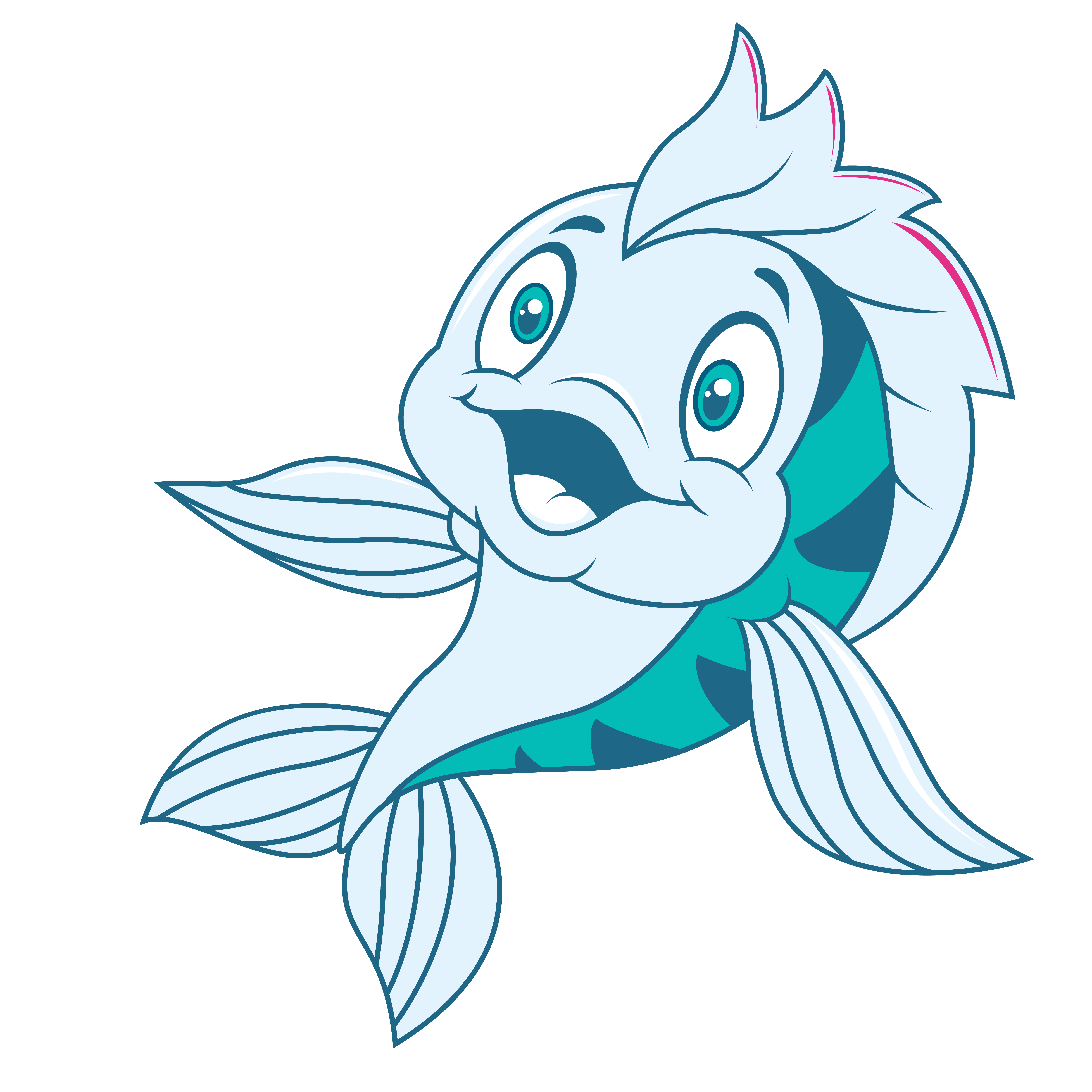
During Swim Lessons
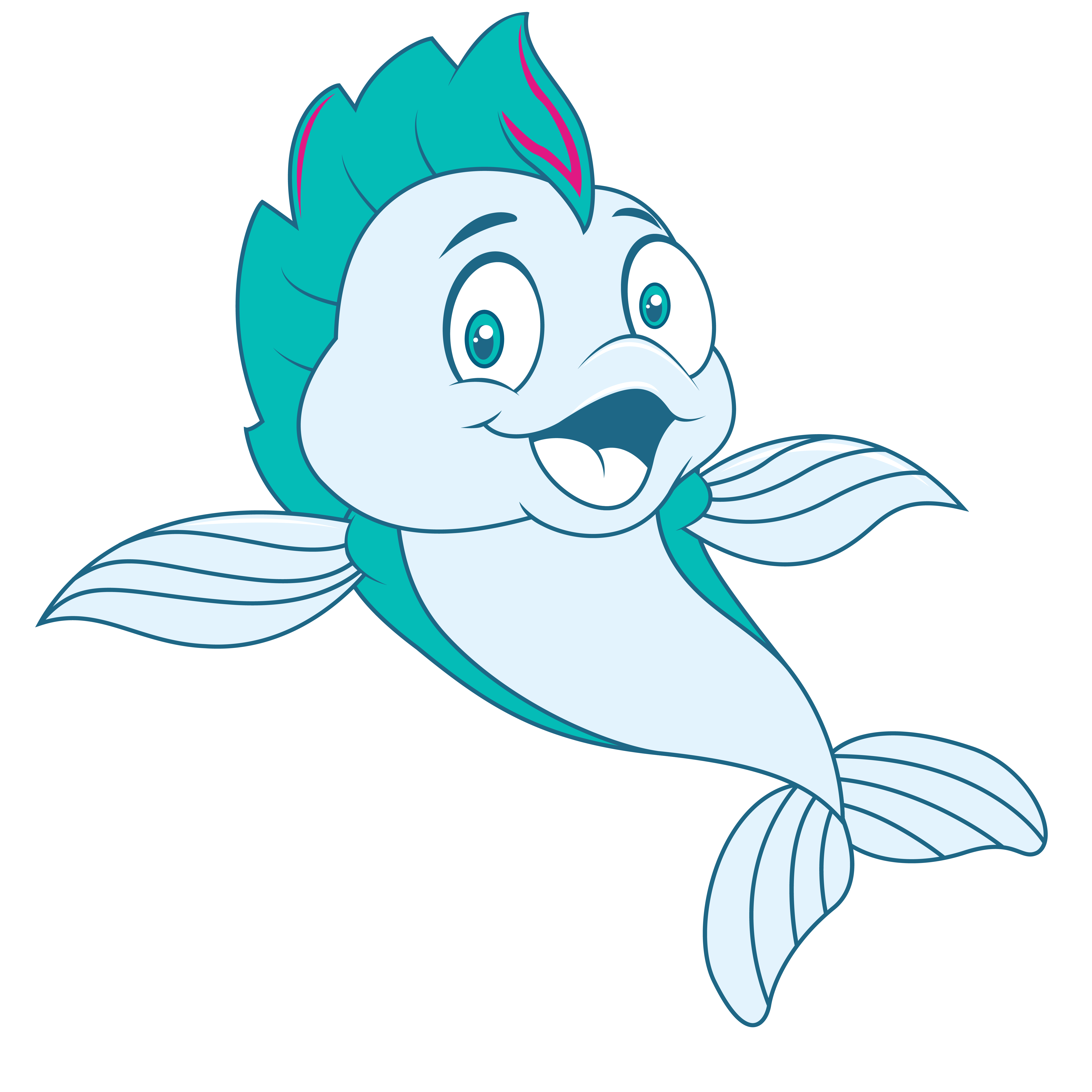
Only you will be able to make that determination. Obviously, if your child has a fever, or has been vomiting or has diarrhea, we request that they do not attend swim lessons so they do not infect other children or contaminate the pool.
There are several methods by which you can sanitize a pool. Using chlorine is the most common method. Even though it is more expensive, we use Bromine which is as effective as chlorine in killing harmful bacteria.
Our reason? Bromine is less irritating to eyes, skin, and hair and has a milder odor.
In addition, we have a commercial-grade, state-of-the-art Ultraviolet System that provides additional water sanitation and protection.
Registration & Parent Portal
All you need to bring to your first swim lesson is your wonderful child, their bathing suit, and a towel.
We do not require the use of swim caps but if you or your child prefers to wear one, please bring that as well. You will only need to bring goggles if your child is in level 2 or above. Please review our philosophy on Swim Goggles.
If your child is under the age of three or not fully potty trained, you will need a reusable Swim Diaper.
Re-usable swim diapers are available to purchase here at the facility.
You should expect a caring, professional staff, who will keep your child safe. When you come to your first lesson, one of our staff members will greet you and your child, point out your instructor’s podium, and begin to build trust with your child.
Locker rooms are available for changing and showering. At the time of your child’s class, the instructor will call their name and we will assist your child onto the pool deck.
It is better if you let us take them to the pool as this starts to build confidence and independence.
Sometimes children will cry at their first lesson. We know as a parent, this is difficult for you, but our wonderful, caring staff will take great care of your child.
Crying can represent many things; separation anxiety, sleepiness, apprehension around new people or places, etc. This is not uncommon among our 2- to 4-year-old students.
Typically after the second lesson, all is well and your child will come to class like they have been doing this all their life! If your child does cry, the best thing you can do is keep a positive and supportive attitude and talk to one of our Program Managers.
We have taught over 70,000 swim lessons, our Program Managers are well-equipped to share ideas on how best to handle the situation.
You are invaluable to your child’s learning process in terms of praising your child and reinforcing skills you want them to repeat. Reward effort as well as accomplishment.
Children will copy parental attitudes. What you say, do, and your facial expressions will influence your child greatly.
Be positive and ignore or minimize negative reactions. Parents of upper-level students can emphasize hard work, perseverance, and goal setting.
Start by choosing the appropriate class for your swimmer. Choose the type of class and then you will find descriptions of the classes.
Find the level you need and click on the age-appropriate register button. This will open a page with all of the class offerings for that particular age and level. The table will tell you the time, day, and instructor for every class.
Choose the class you wish to take and click on Register in the first column. If a register button does not appear next to a particular class, it means that the class is already full.
If your first choice is full, you can also click on the waitlist button to be added to the waitlist for that class. However, if another time/day works for you, we recommend you enroll in a class.
Click on the Parent Portal button in the upper right-hand corner of the website. Enter the email address that you registered online with. Then hit the ‘Forgot your password or need to get started?’ link.
The software system will generate a password and send it via email to you. This password will expire.
Once you are in your Parent Portal, you can change your password, look up your child’s schedule, enroll in classes, and contact us.
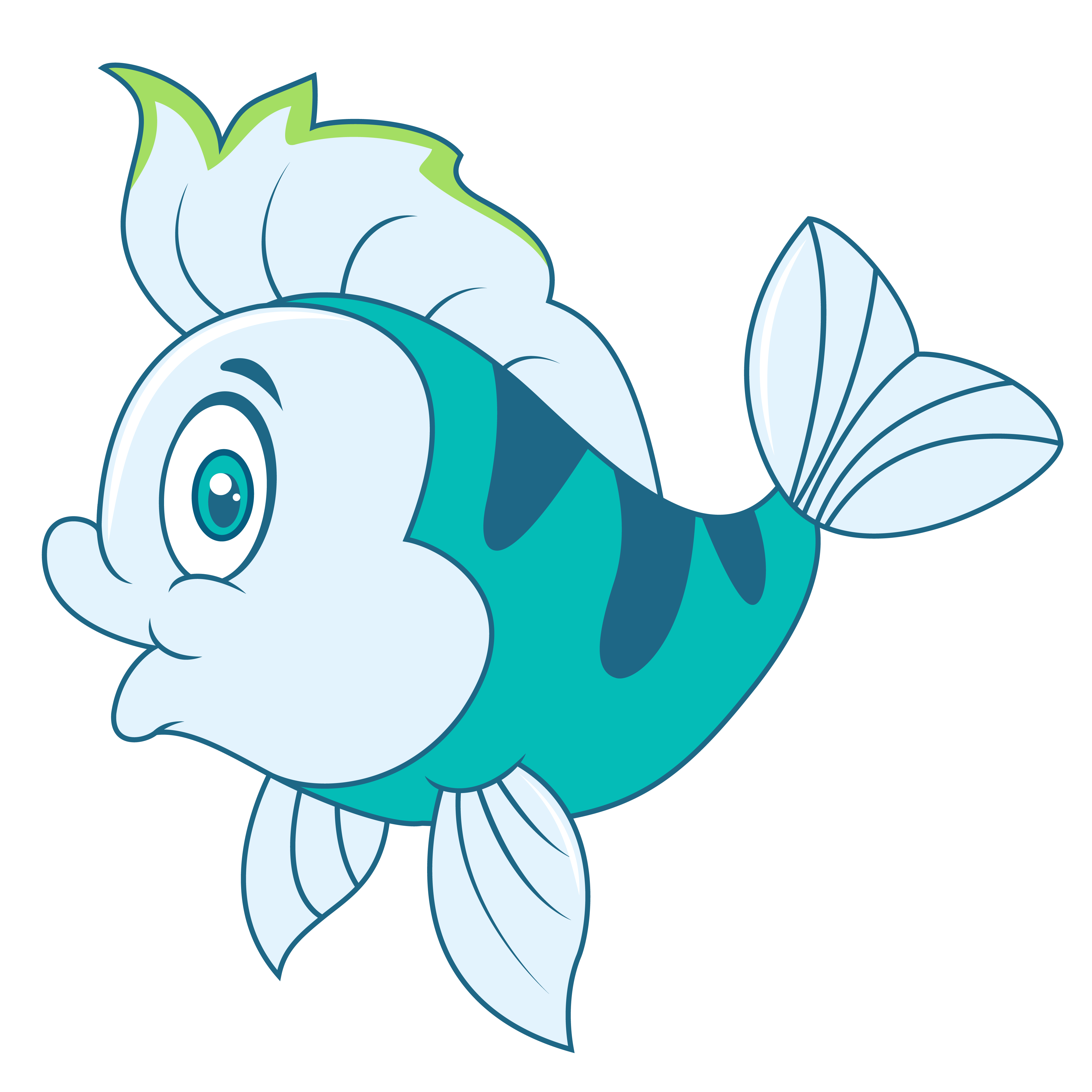
Parent/Child Toddler Classes
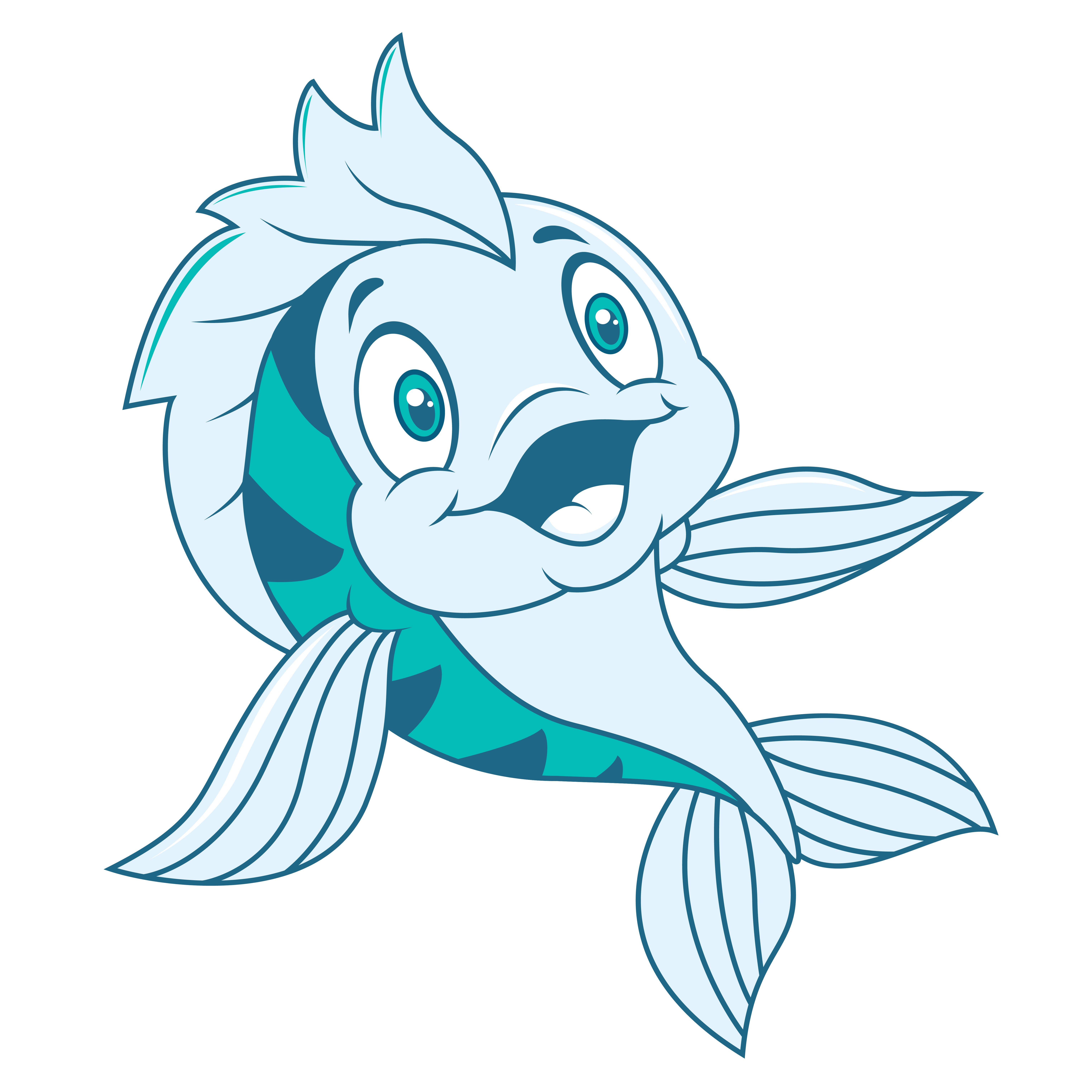
Babies have been living in water in utero for nine months. Water is a natural environment for children.
The sooner you can get them back to the water, the better. We begin our formal swim lessons at six months old with our Parent And Child Toddler Classes.
Water acclimation, safety, and the foundational skills of swimming are introduced.
Besides the wonderful bonding time that you will have together, many studies have shown the following benefits of starting formal swim lessons at a young age.
- Enhanced neural development
- Higher IQs
- Better problem-solving skills
- Improved motor development and coordination
- Accelerated cognitive development
- Increased memory capacity
There are two possible types of ear infections. The first, known mainly as swimmer’s ear, is an inflammation of the outer ear canal. If water remains in the ear canal for many hours, conditions may be conducive to the growth of bacteria. The ear is typically sore to the touch.
You can protect your child against outer ear infections by using over-the-counter drops to dry the ear canal and/or using ear plugs. Typically you do not have to worry about your baby getting external ear infections from swim lessons.
The second type of ear infection occurs in the middle ear. This is caused when the Eustachian tubes, which connect the middle ears to the throat, become blocked. This stops fluid from draining from the middle ear.
This fluid is a perfect breeding ground for bacteria or viruses to grow into an ear infection. There is no correlation between swimming and a middle ear infection.
